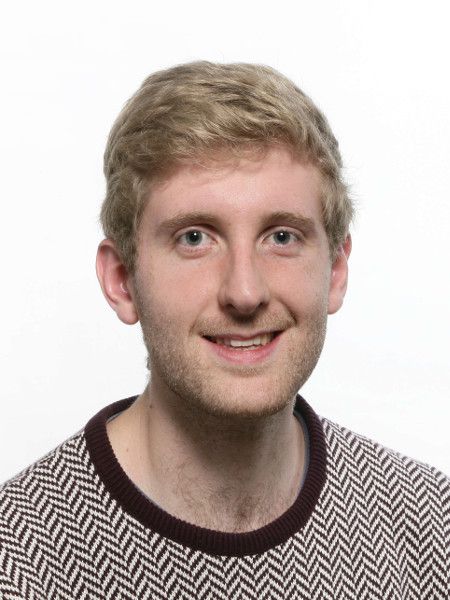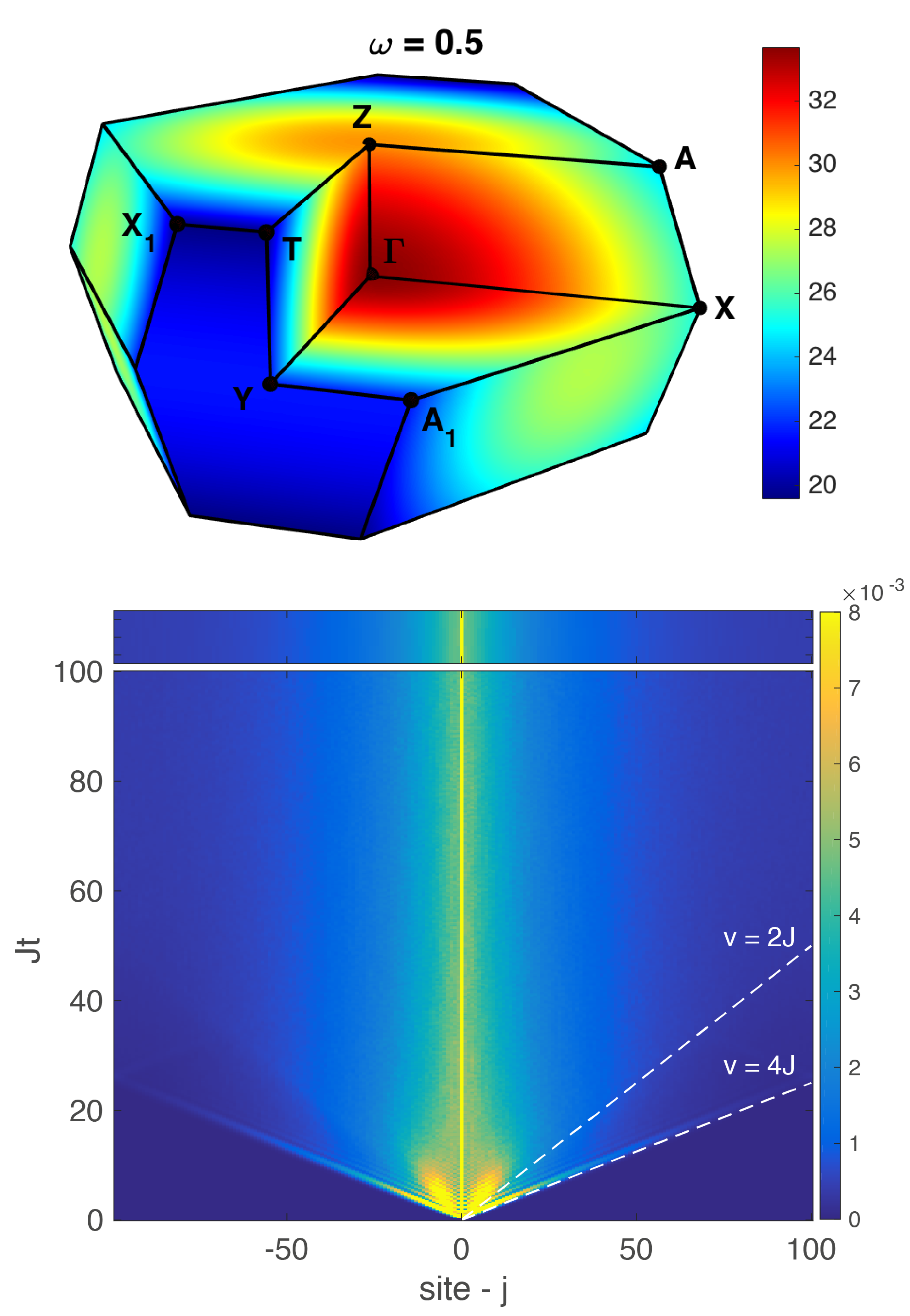Adam Smith

Adam Smith
Member of St Catharine's College
PhD student in Dr Kovrizhin's group
Office: 540 Mott Bld
Phone: +44(0)1223 3 37354
Email: as2457 @ cam.ac.uk
ORCID: 0000-0002-6744-4592
Google Scholar
TCM Group, Cavendish Laboratory
19 JJ Thomson Avenue,
Cambridge, CB3 0HE UK.

Research
I am a condensed matter theorist interested in the dynamics of quantum systems away from equilibrium. Recently, I studied the dynamics of 3D Kitaev quantum spin-liquids (QSLs). We calculated the dynamical structure factor for a range of lattices with low-energy density of states spanning those possible in 3D. The dynamical structure factor is measurable in inelastic neutron scattering (INS) experiments and our results reveal the different possible signatures in 3D and suggest INS as the spectroscopy of choice to illuminate the physics of Majorana fermions in Kitaev QSLs. My current work concerns a family of simple models of localization without quenched disorder, either in the Hamiltonian parameters or the initial state. Disorder is generally thought to be necessary for localization – both Anderson (single particle) and many-body varieties – but we have demonstrated that this isn’t the case. Our work raises general questions about relaxation in isolated quantum systems through connections to many-body localization and a recently suggested quantum disentangled liquid – two alternate paradigms to eigenstate thermalization beyond integrable systems. We have studied these models in one and two dimensions, where in the latter we make connection to a quantum percolation problem. We also highlight the connection between our models and lattice gauge theories, particularly Kitaev's toric code in 2D.
In Plain English
Scattering experiments are a nice example of where we can use the response to be being pushed away from equilibrium to deduce the structure or excitations of a material. I calculated the theoretical response to the inelastic (energy is absorbed) scattering of neutrons from 3D crystal structures that have been synthesised experimentally. Our results show the signatures that an experimentalist might hope to observe that signify a new phase of matter – a quantum spin liquid. Experiments have been performed on materials with effective 2D structures where some of these signatures have been observed. My more recent work concerns the phenomena of localization. Philip Anderson predicted that in a disordered material the quantum interference from scattering off the disorder would lead to an insulator and the localization of particles therein. It is generally believed that the disorder is a crucial ingredient for localization – our work shows that this is not the case. By coupling two species of particles we are able to dynamically generate effective disorder to localize one of the species.Featured Publications
- Dynamical Localization in Z2 Lattice Gauge Theories Phys. Rev. B 97, 245137 (2018) , arXiv: 1803.06574
- Dynamics of a Lattice Gauge Theory with Fermionic Matter -- Minimal Quantum Simulator with Time-Dependent Impurities in Ultracold Gases arXiv: 1803.06575
- Absence of Ergodicity without Quenched Disorder: from Quantum Disentangled Liquids to Many-Body Localization Phys. Rev. Lett. 119, 176601 (2017) , arXiv: 1705.09143
- Disorder-free localization Phys. Rev. Lett. 118, 266601 (2017) , arXiv: 1701.04748
- Majorana spectroscopy of three-dimensional Kitaev spin liquids Phys. Rev. B 93, 235146 (2016) , arXiv: 1604.05199
- Neutron scattering signatures of the 3D hyperhoneycomb Kitaev quantum spin liquid Phys. Rev. B 92, 180408 (2015) , arXiv: 1508.05324
- Z2 Lattice Gauge Theories: Localization, Quantum Percolation and Simulation
- Disorder-free localization
- 3D Kitaev Quantum Spin Liquids
- Dynamical Localization in Z2 Lattice Gauge Theories
- Disorder-free localization
- Neutron scattering signatures of the 3D hyperhoneycomb Kitaev quantum spin-liquid